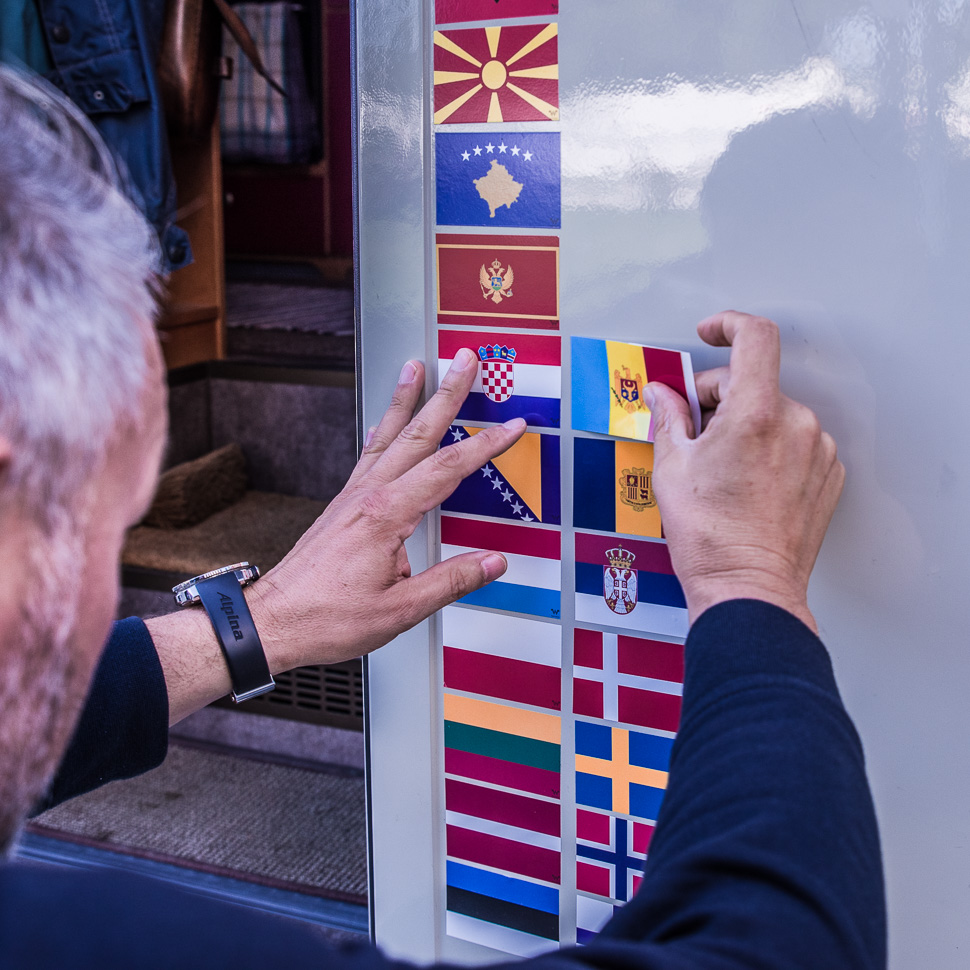
We had made it to Rudi, in the North of Moldova, and are following now the Dniester, the river which forms the border to the east. We want to visit a couple of historic sights today, from castles to monasteries and in general explore the country a little more.
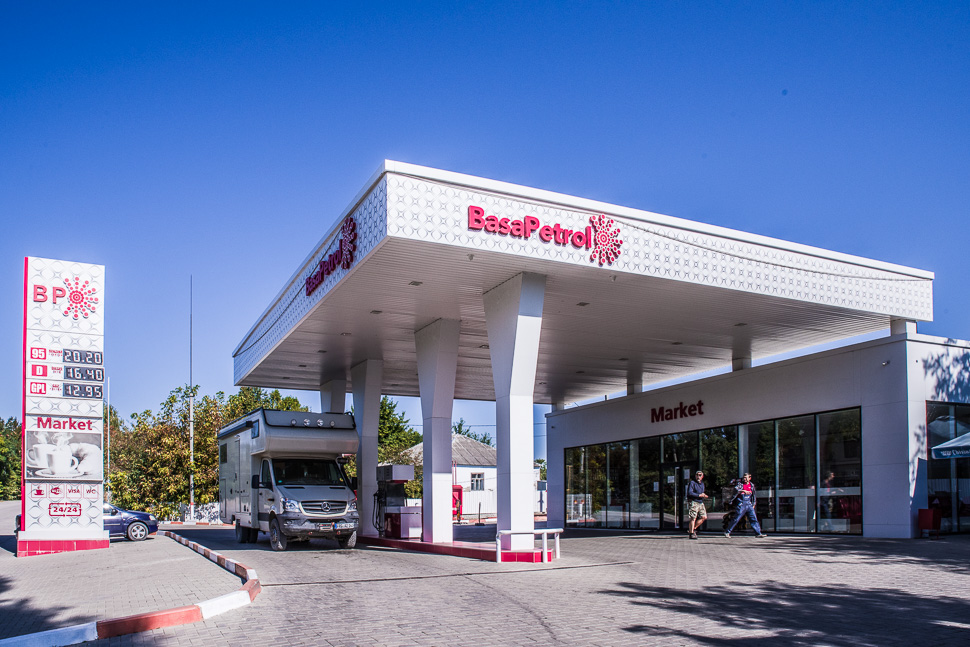
Petrol stations are plenty, and even LPG is better available than in Central Europe. At this friendly station, we were even allowed to fill up our water tank. Otherwise we might have tried to use one of the wells you see everywhere along the road.
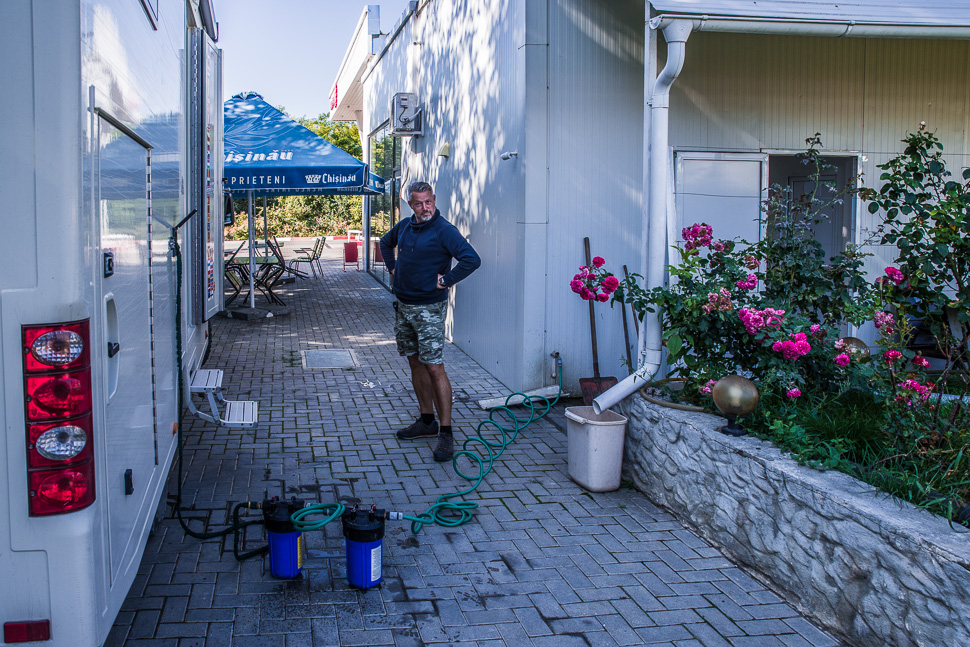
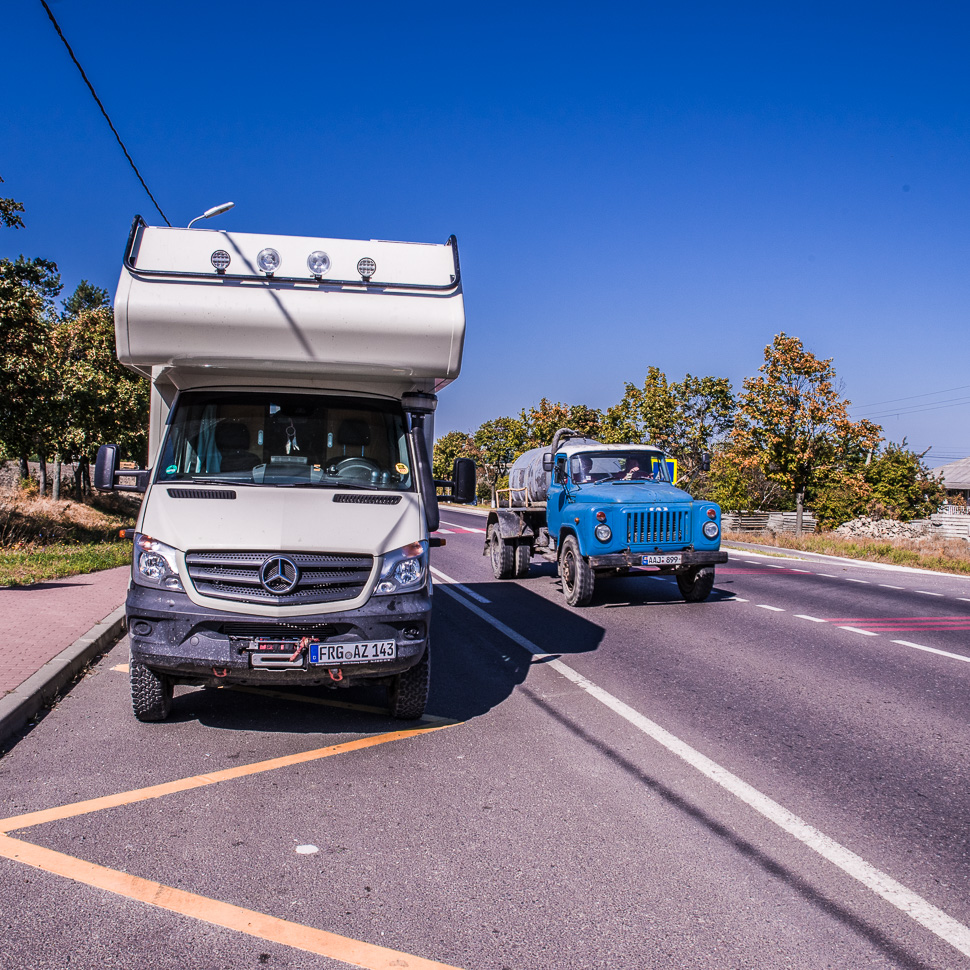
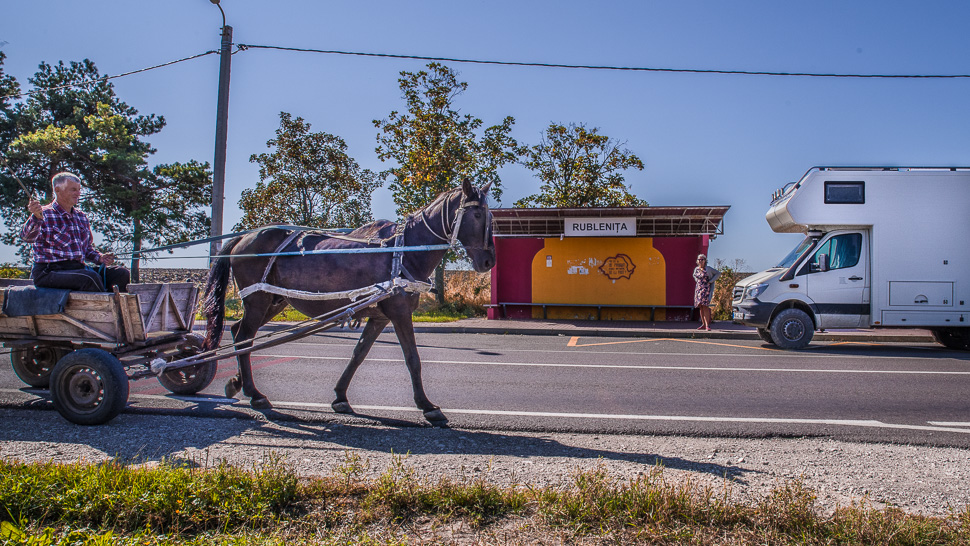
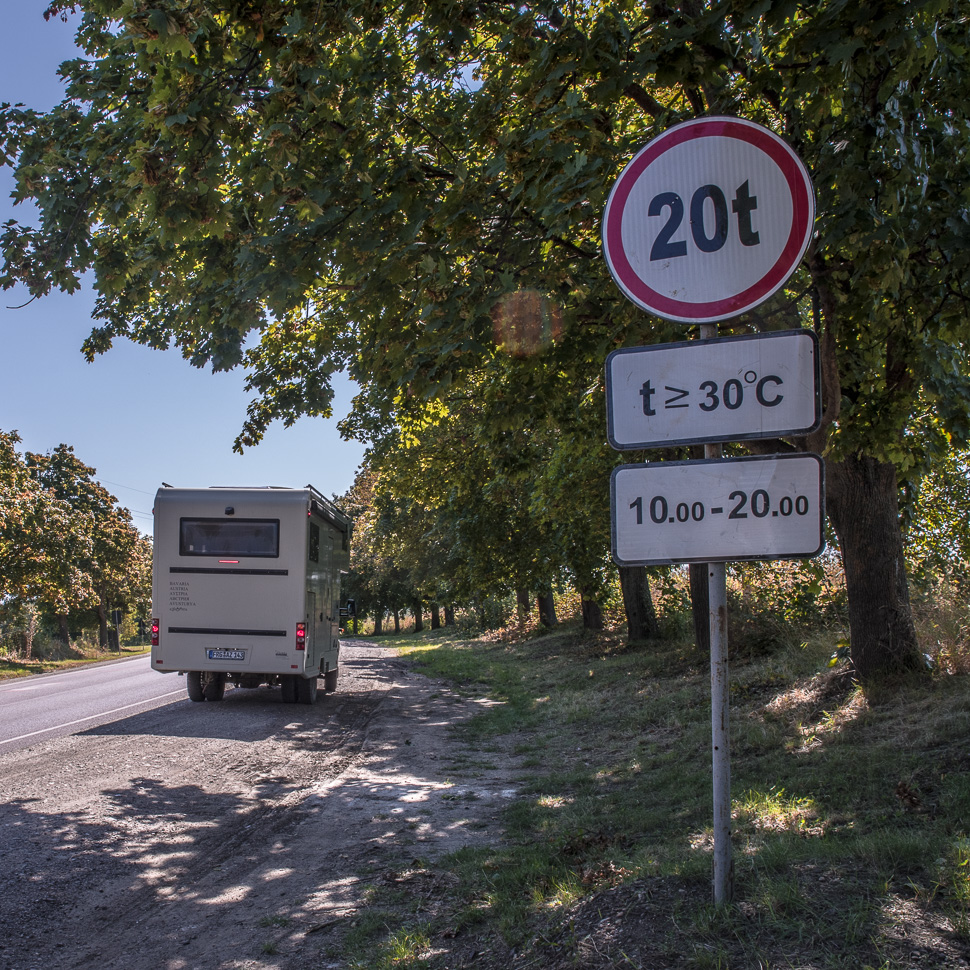
As the tarmac gets destroyed on this roads by heavy trucks during hot conditions, there are signs, prohibiting them to use this roads during daytime – very clever solution!
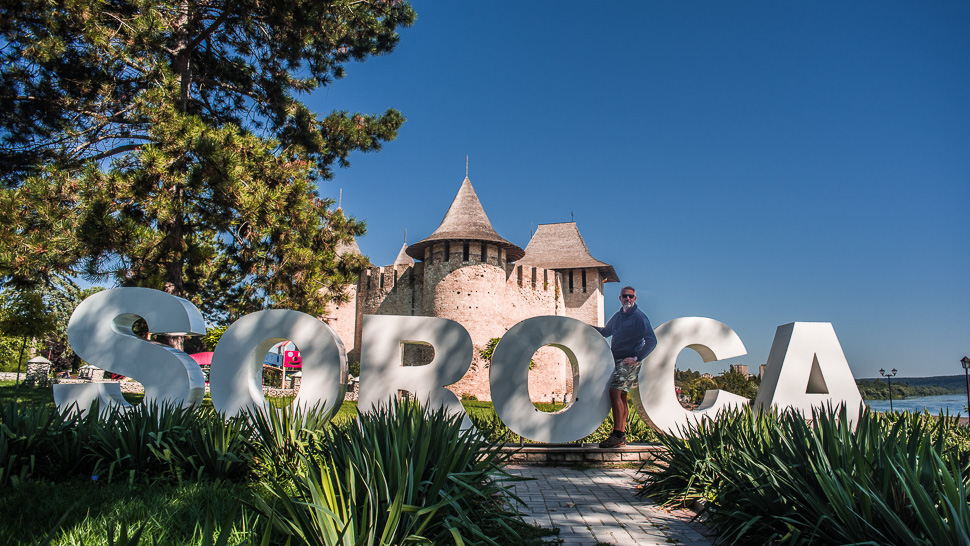
Our first stop was at Soroca, the capital of the gypsies. It lies at the river Dniester, with the Ukraine on the other side of the river. It is known for its well-preserved stronghold, established by the Moldavian prince Stephen the Great (Ştefan cel Mare) in 1499. The original wooden fort, which defended a ford over the Dniester, was an important link in the chain of fortifications on the border of medieval Moldova.
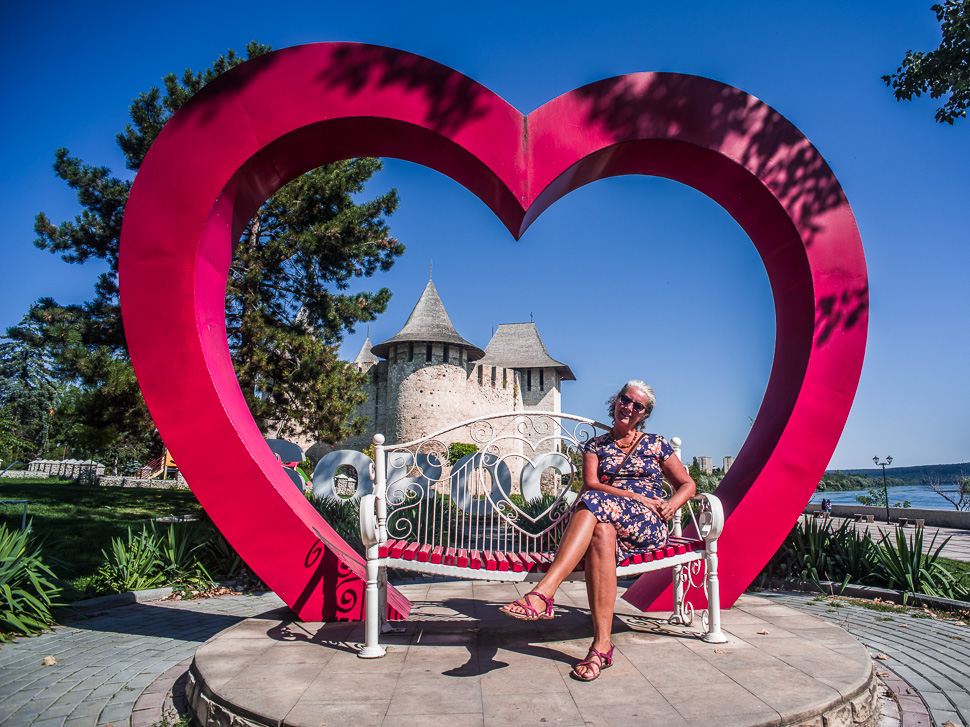
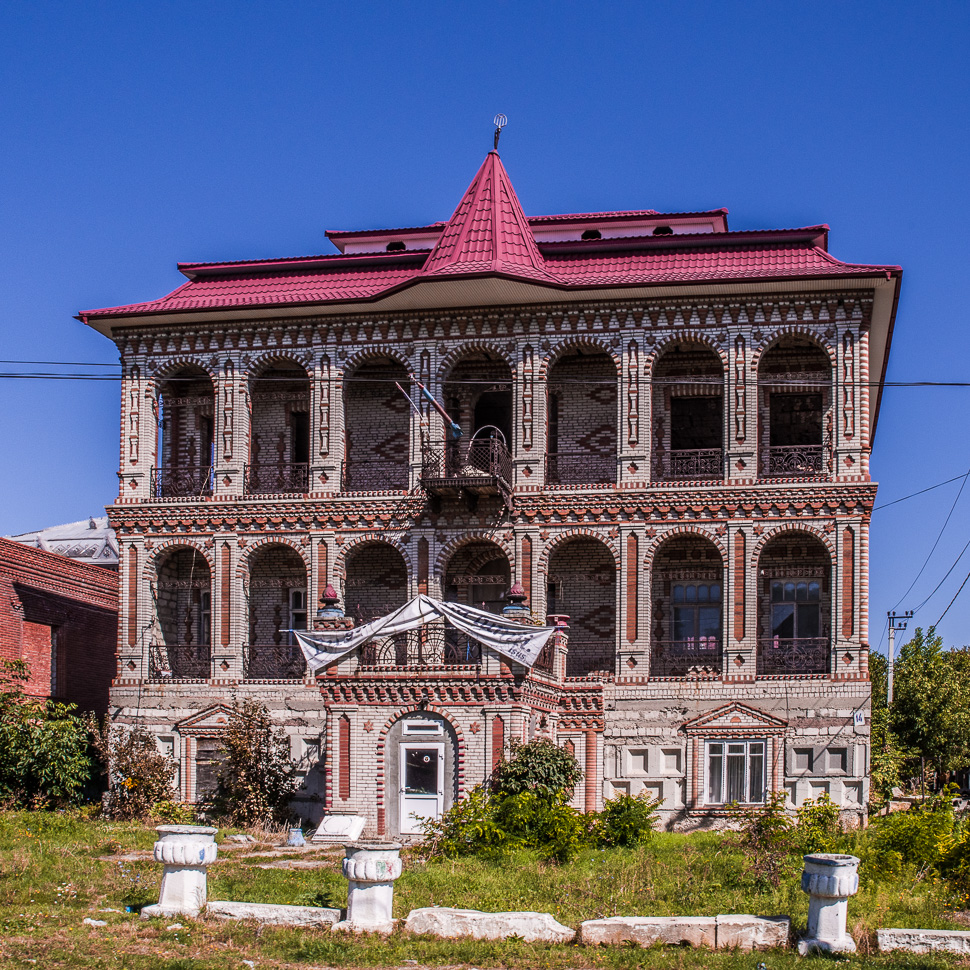
The city has a sizeable Romani minority and is popularly known as the “Romani capital of Moldova”. There is a hill, where rich Romanies build ambitious villas. When more money arrives the house might get finished, or not.
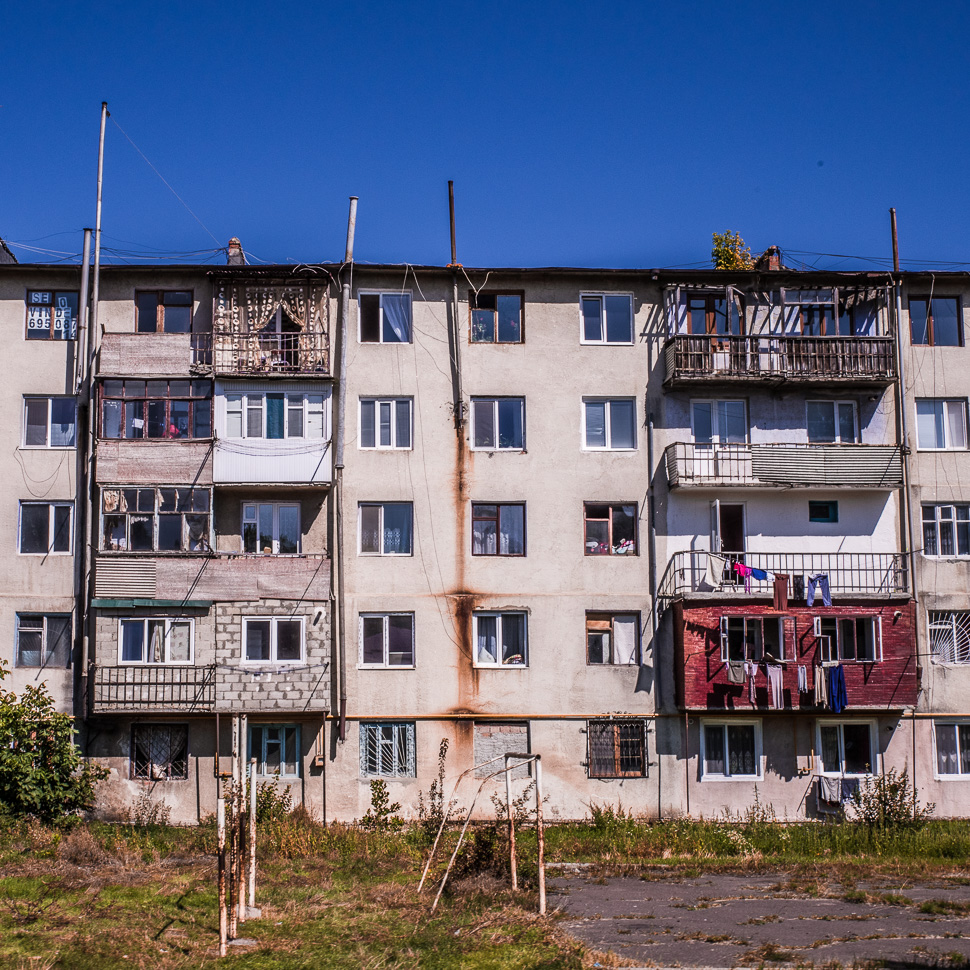
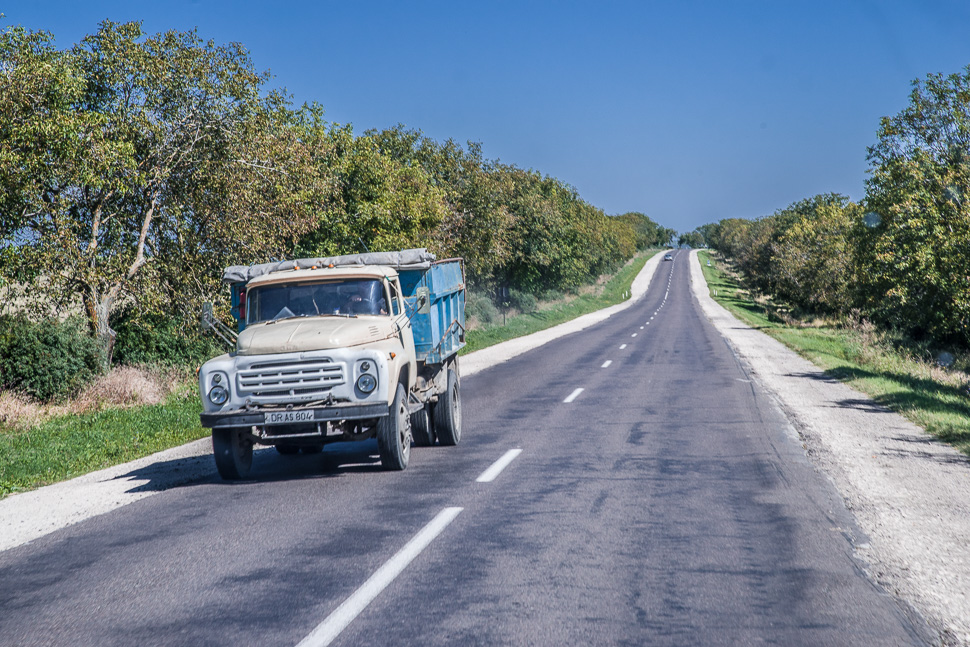
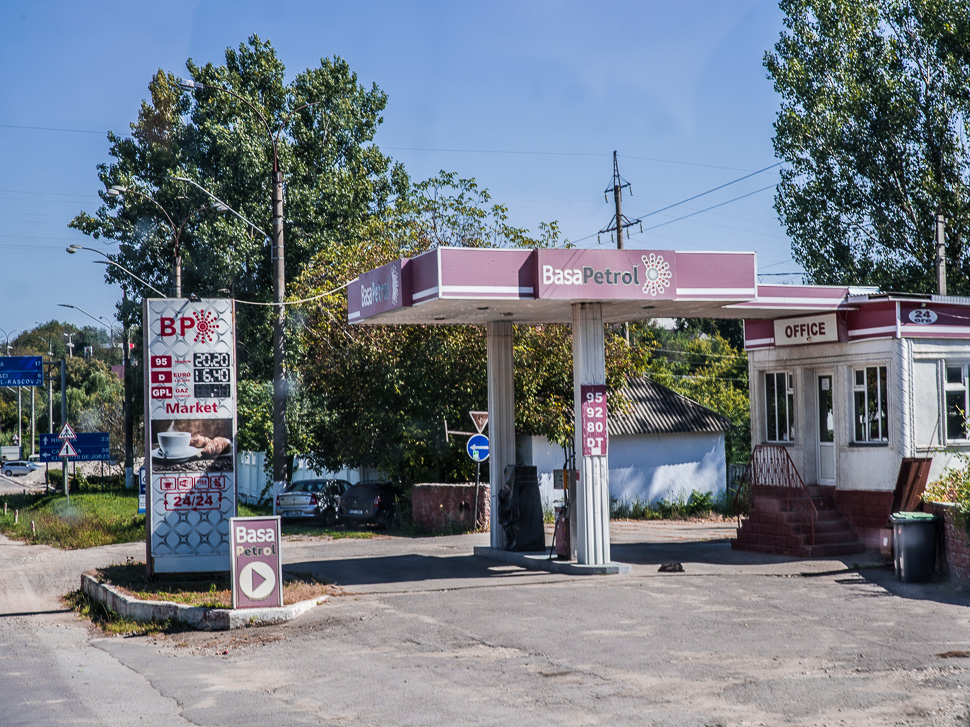
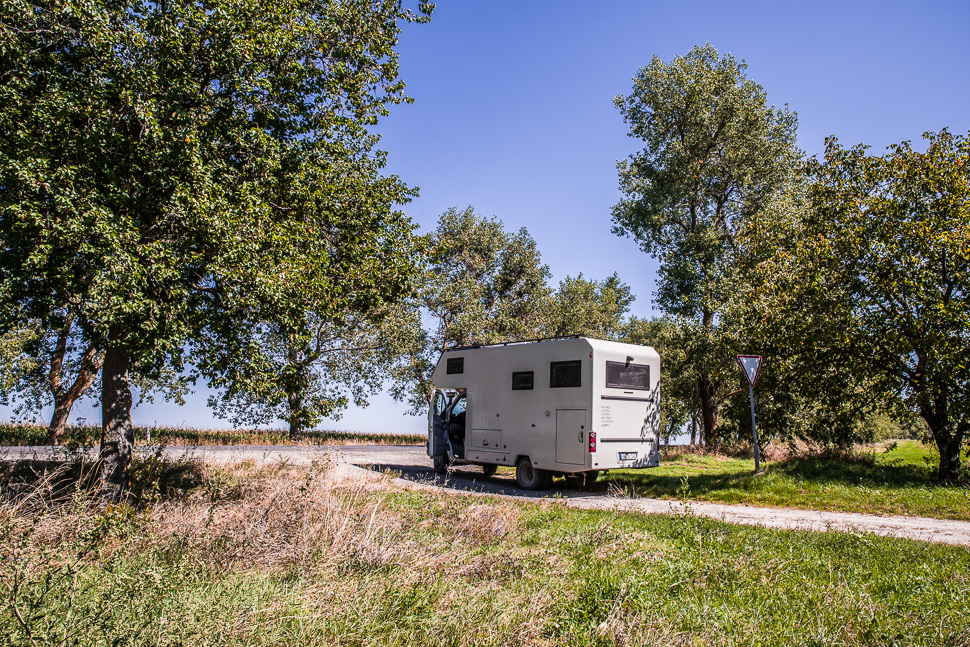
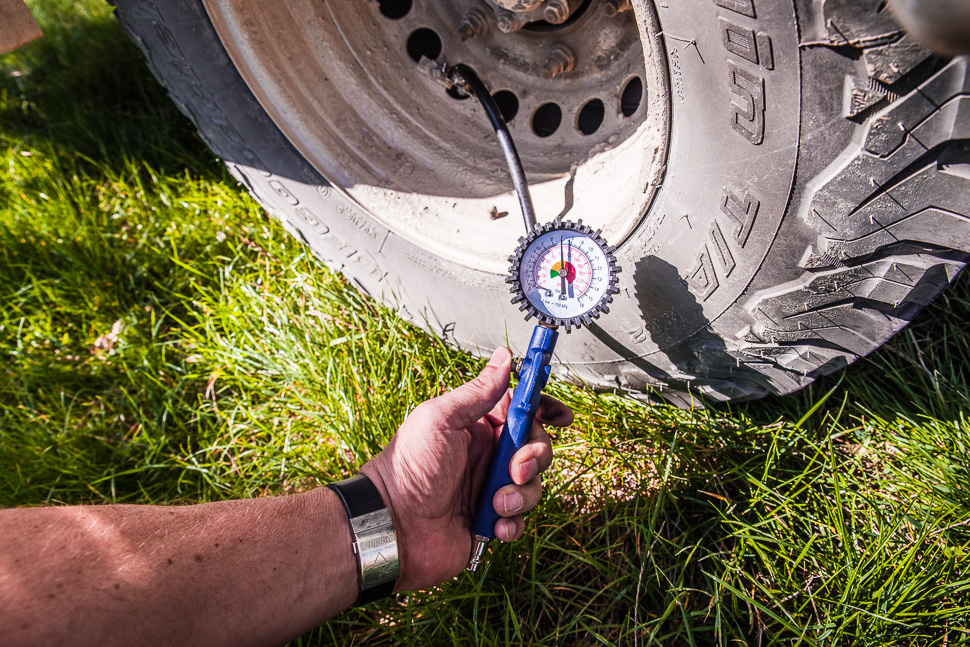
To adjust to the rough road conditions, we decided to reduce the pressure in the tires a little bit. It might have helped.
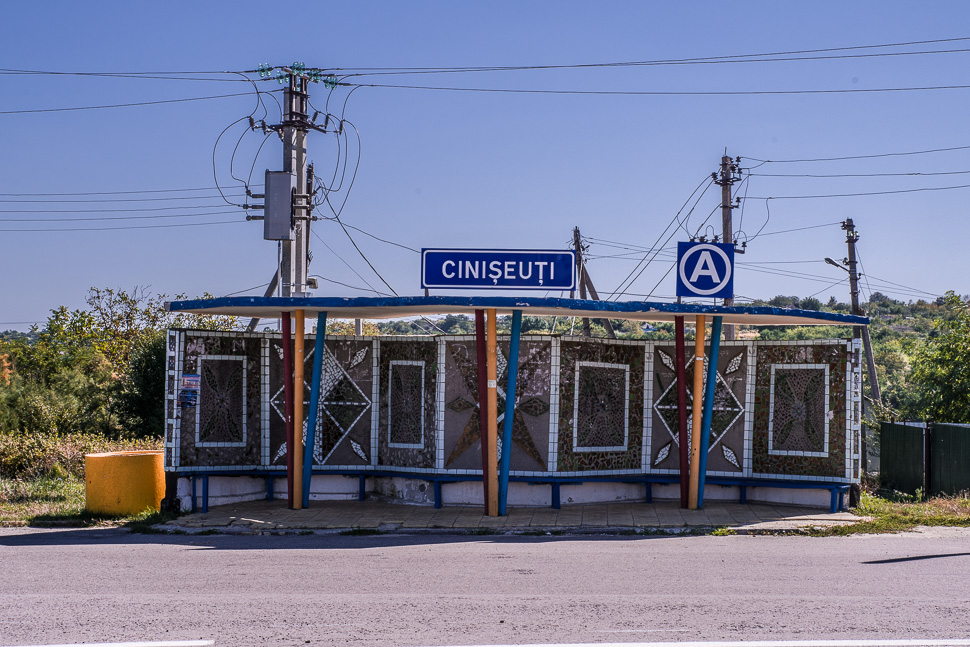
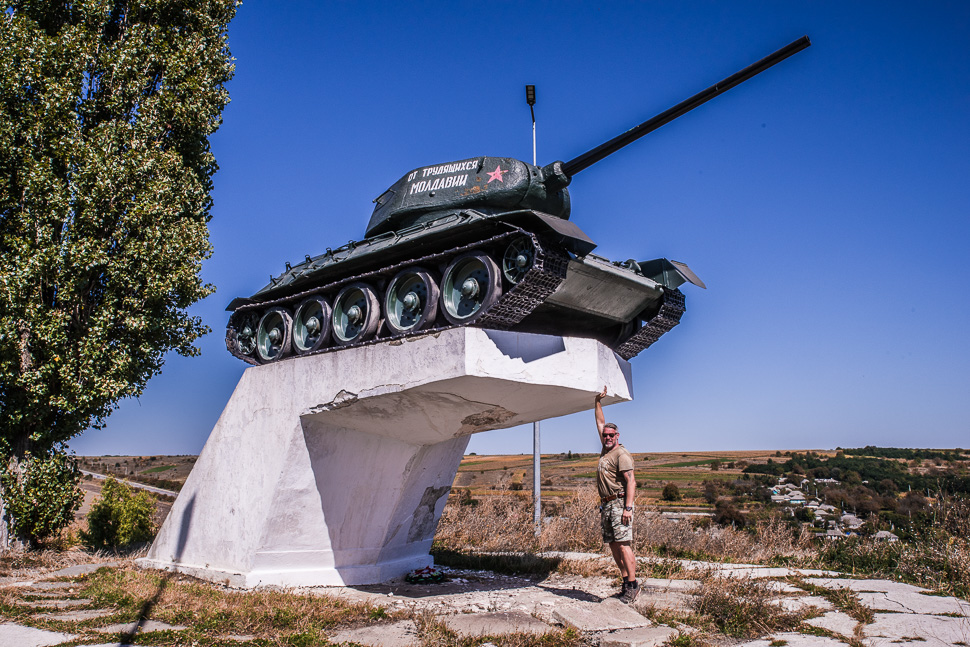
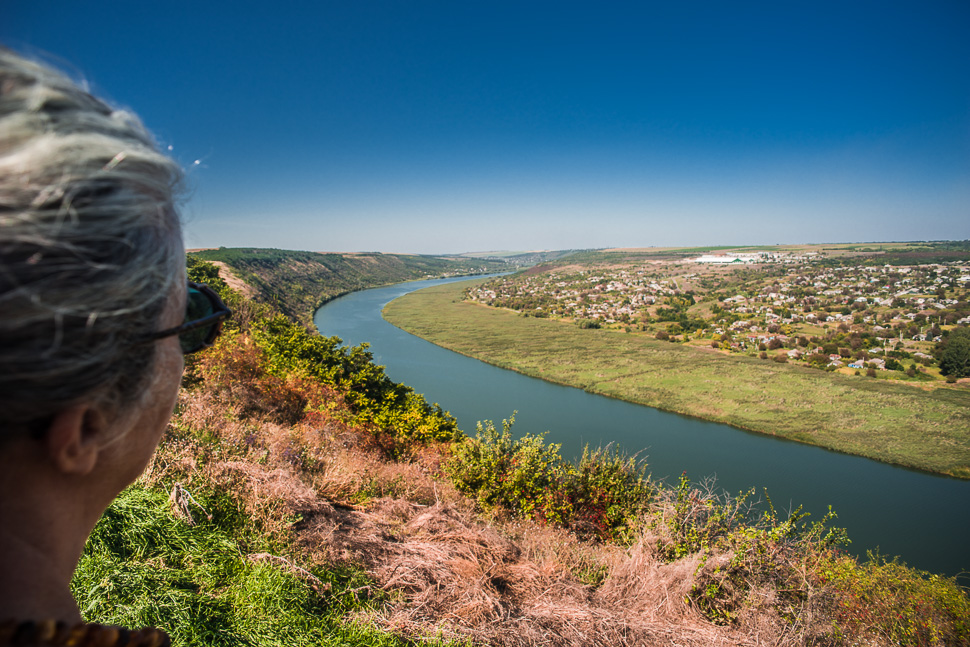
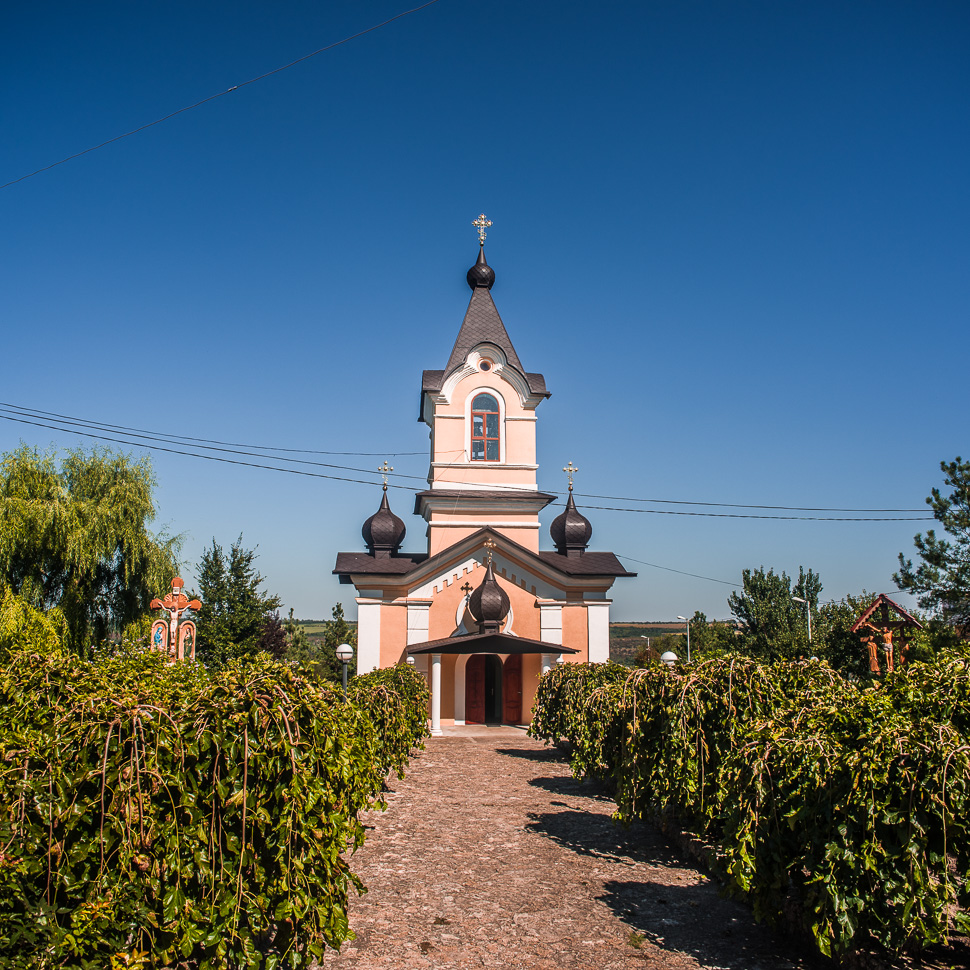
We came to Tipova not for the church on top of the cliff, but the historic part, which was carved into the rocks above the river.
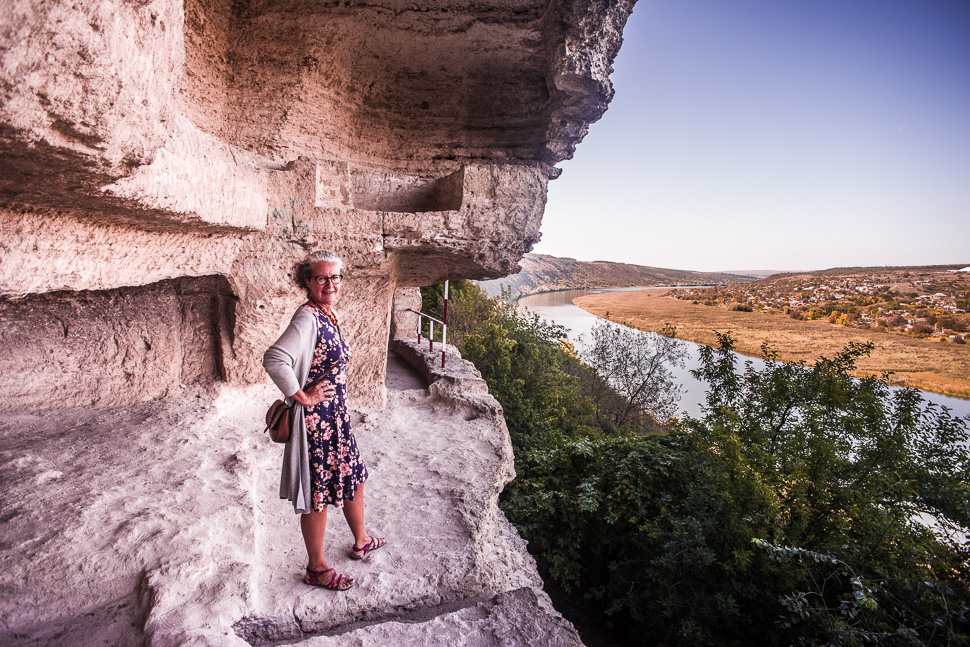
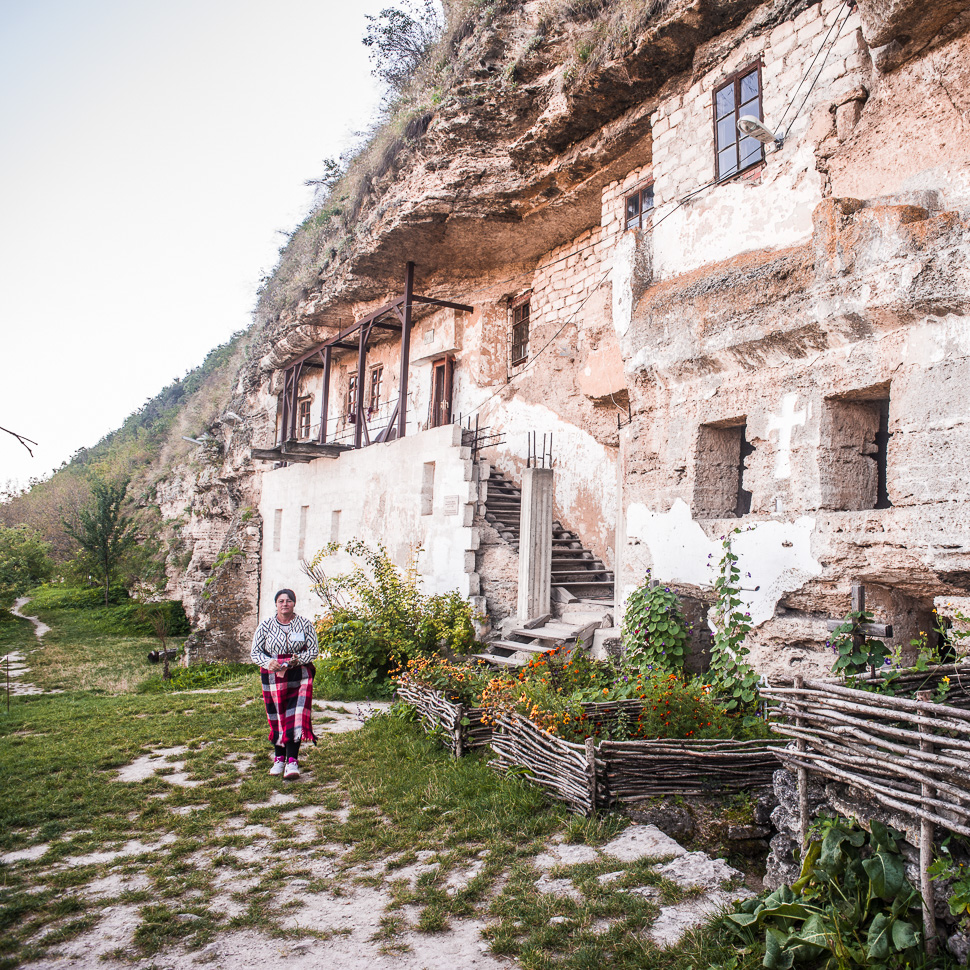
The cave dwellings built in the limestone cliffs above the Dniester are probably the oldest monk caves in Moldova. The first caves served as a retreat from the Muslim Tatars between the 11th and 15th centuries. In the 14./15. century a cave group with the rock church St. Nikolai was added. The third group of caves dates from the 16th to 18th centuries. The paths leading to the caves were not widened until the 18th century. Originally they were narrow and could be destroyed in attacks, so that access was then only possible via rope ladders from the river.
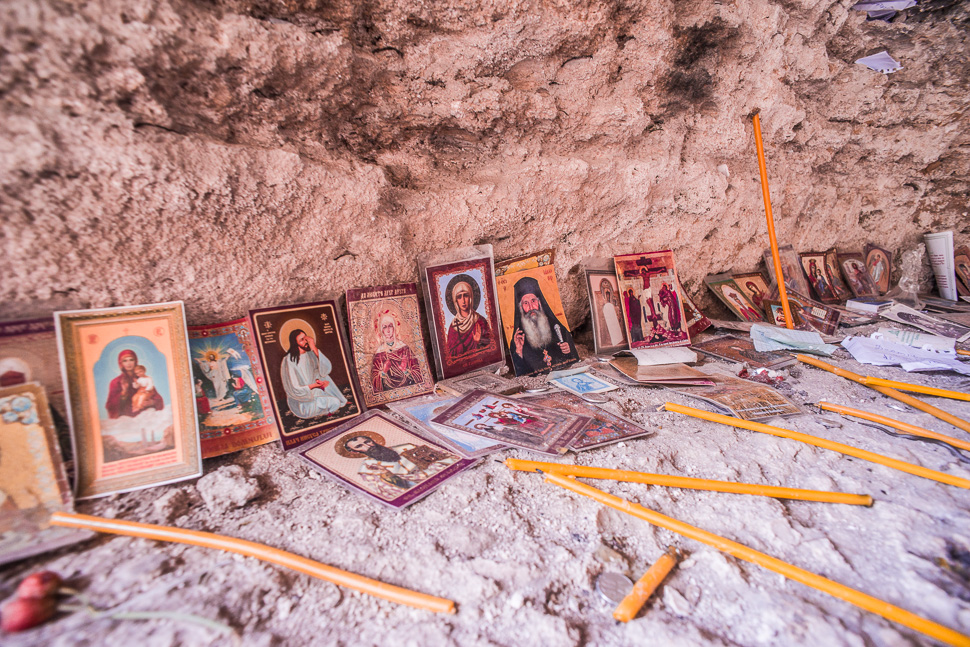
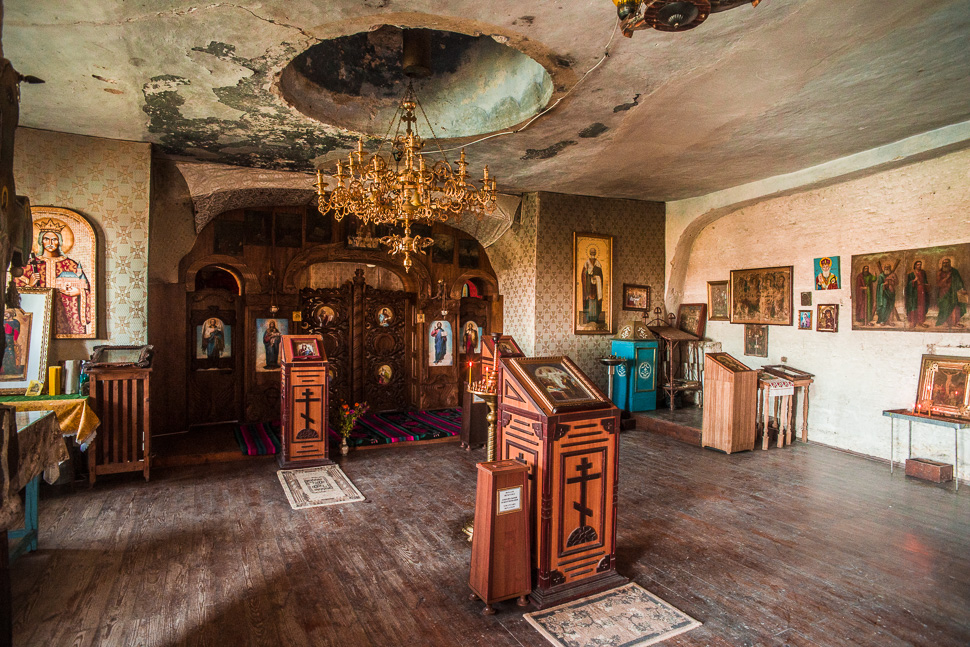
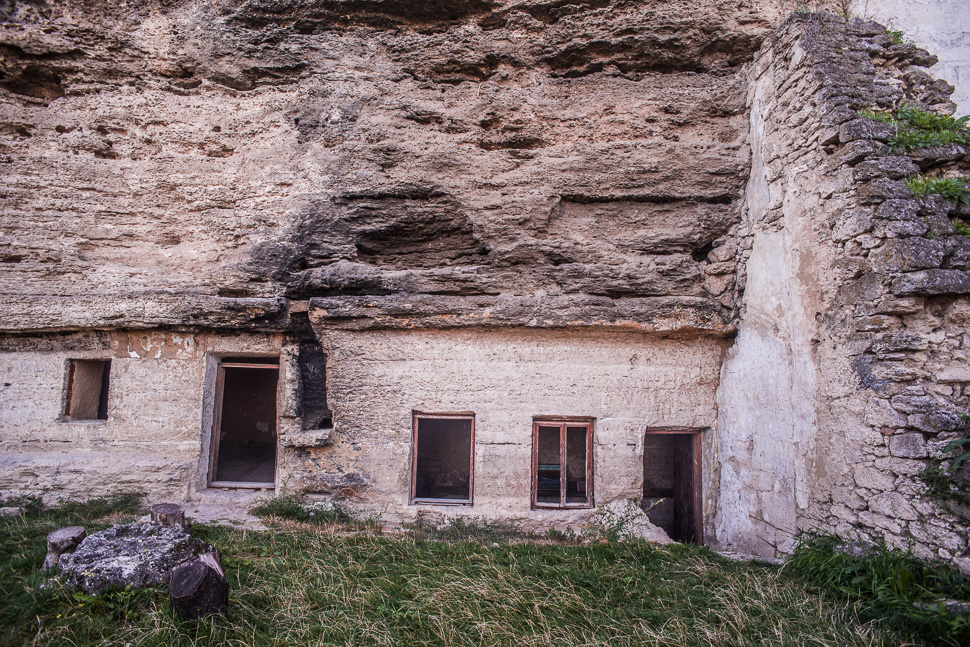
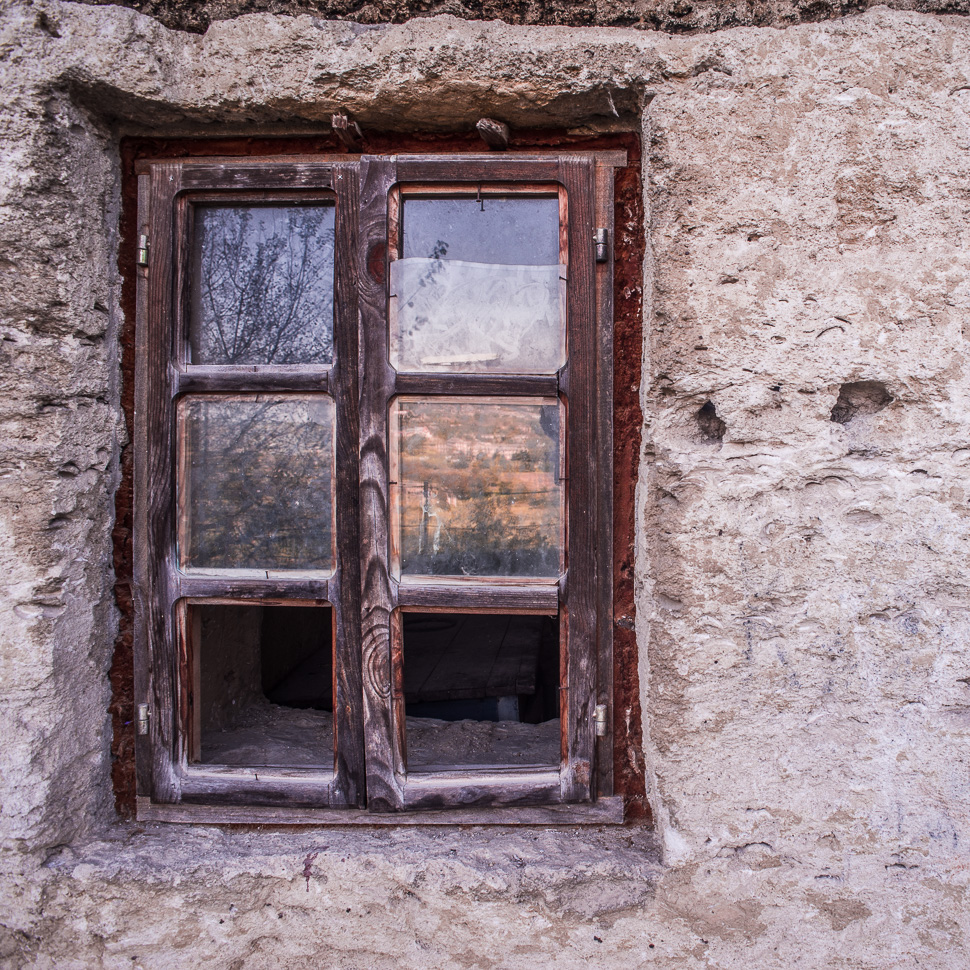
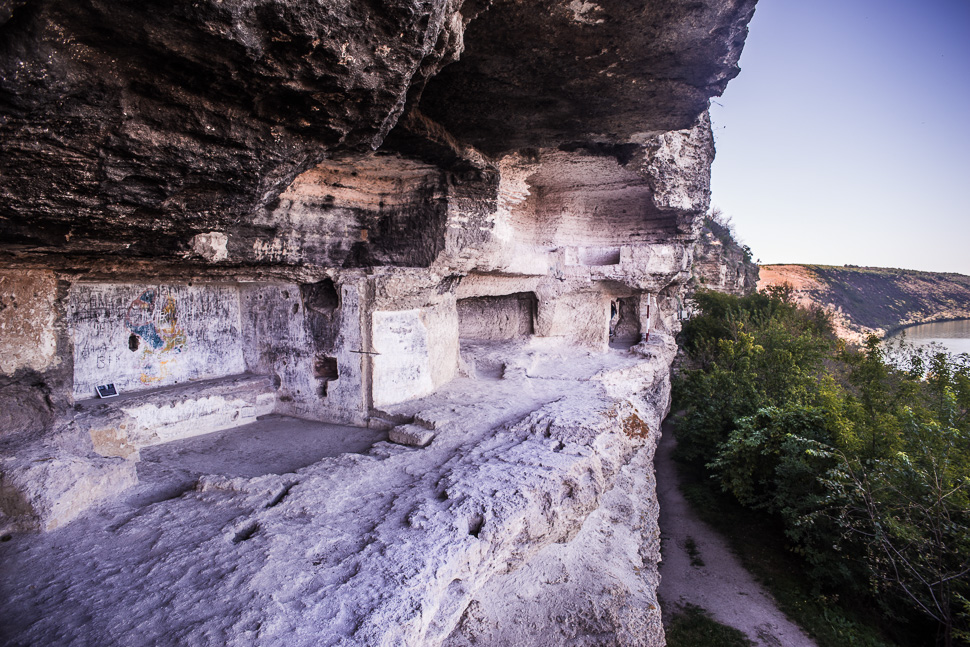
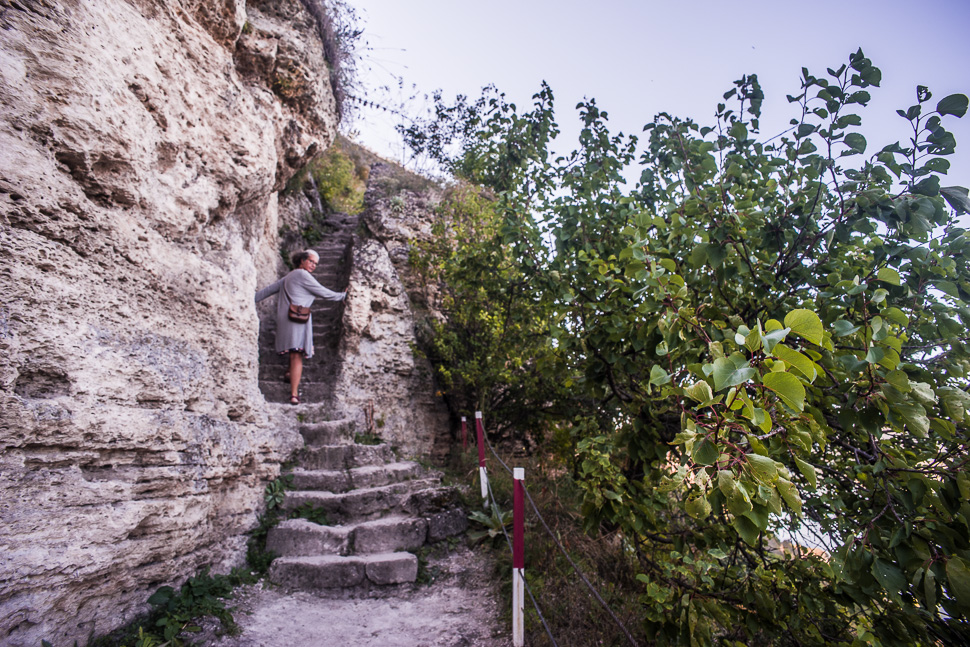
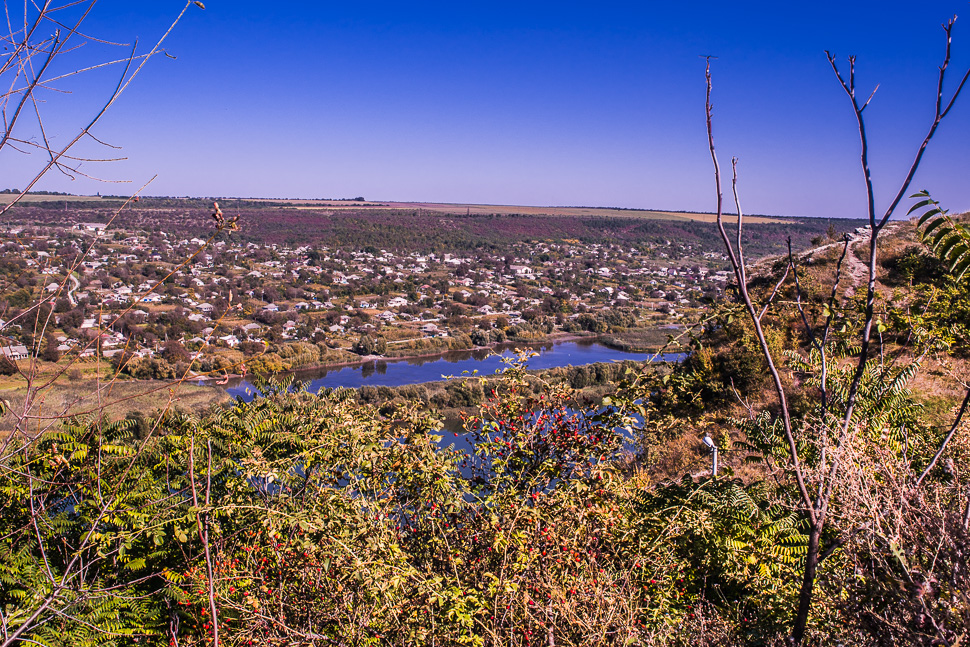
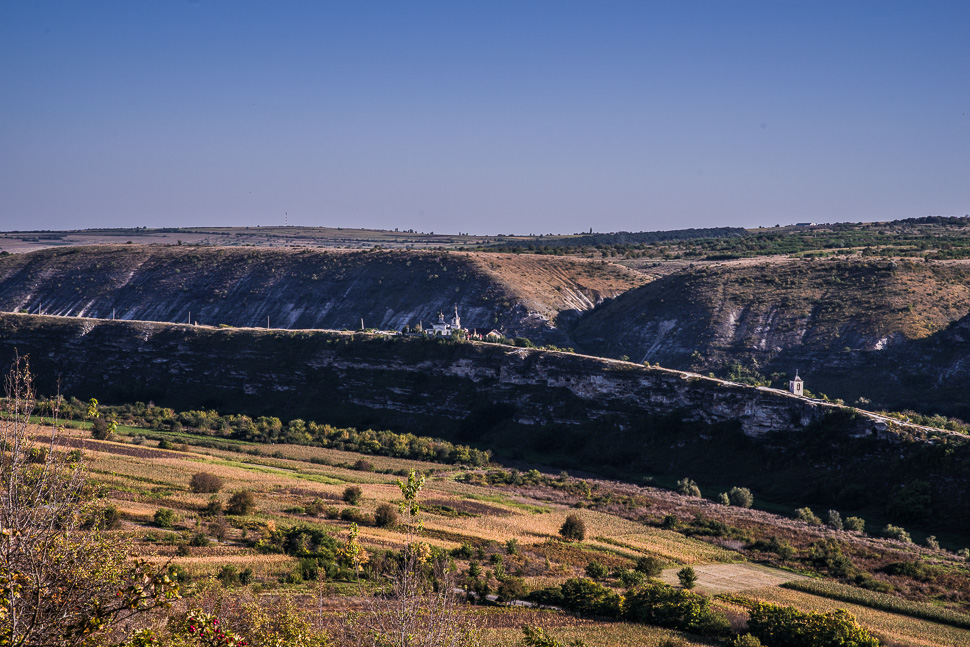
In the evening, we reached Old Orhei (Orheiul Vechi) at the Răut River.
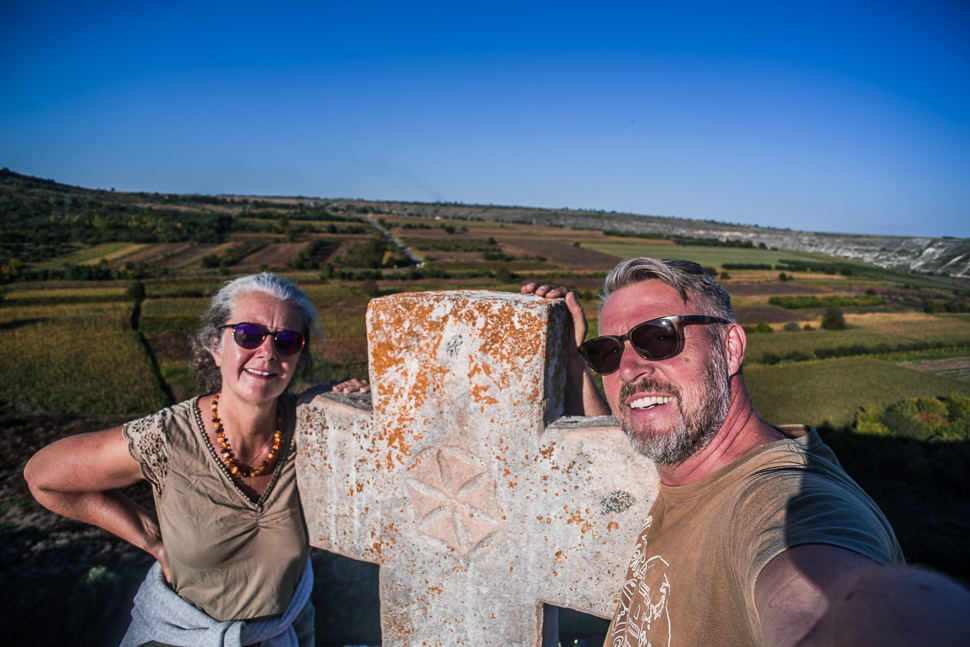
The region at a narrow bend of the Răut River, where limestone rock was eroded by the river, contains traces of different civilizations. Archeologists discovered the remnants of earthen and wooden fortresses (6th–1st centuries B.C.), the mongol fort Shehr al-Jedid (14th century), a Moldavian fort dating from the 14th-16th centuries, an Orthodox monastery ( 14th century), and the Moldavian town of Orhei from the 14th–16th centuries.
Sadly, this very important sight is not presented adequately for tourists. You pay a little entrance fee to the area, and that is it. There are no signs indicating the traces, which were discovered. We enjoyed the landscape and walked through the village, for more insight we would have needed a guide.
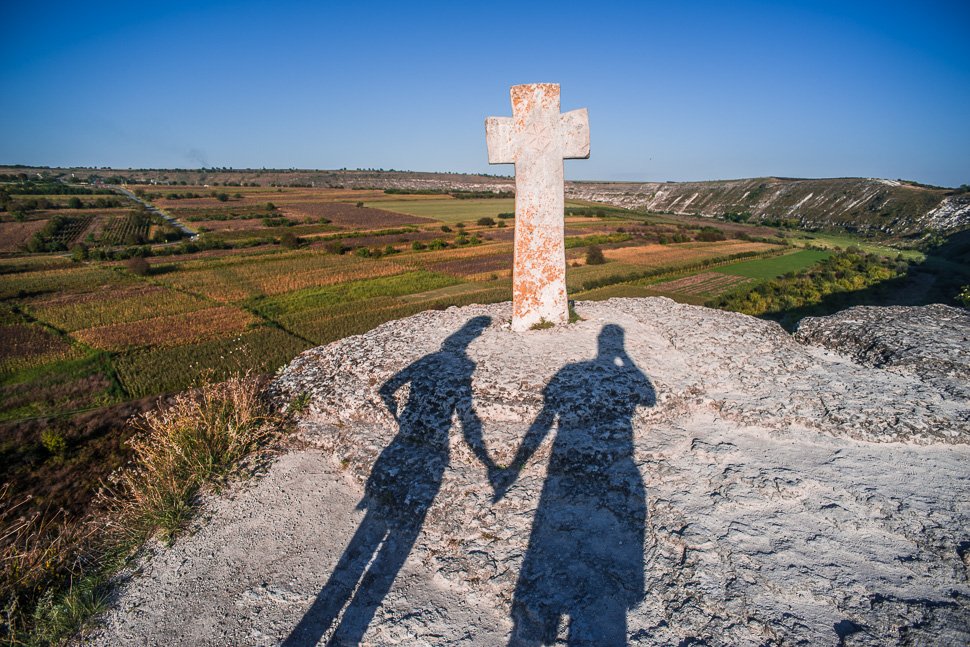
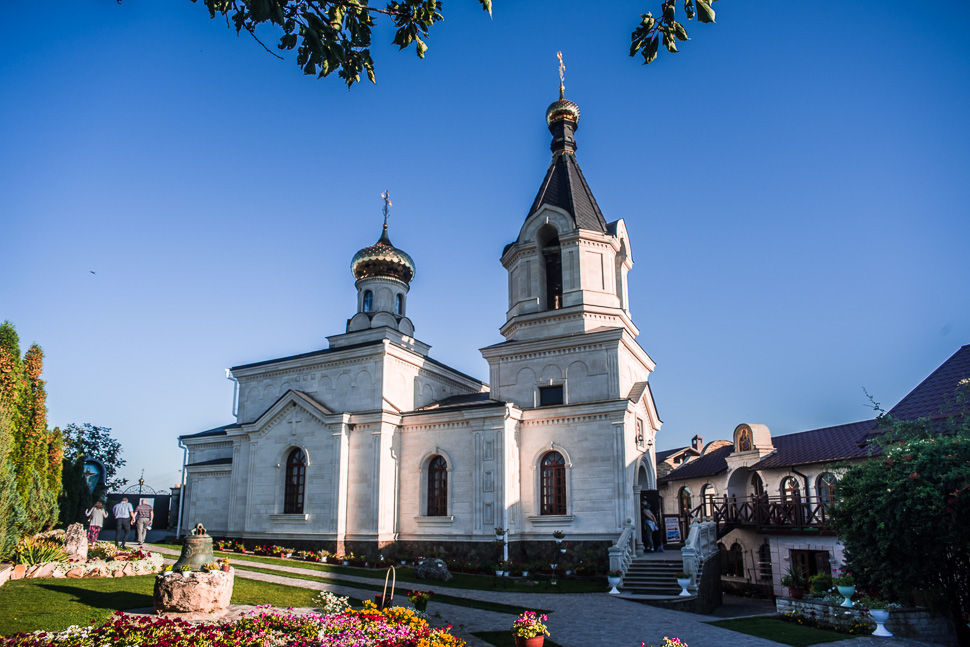
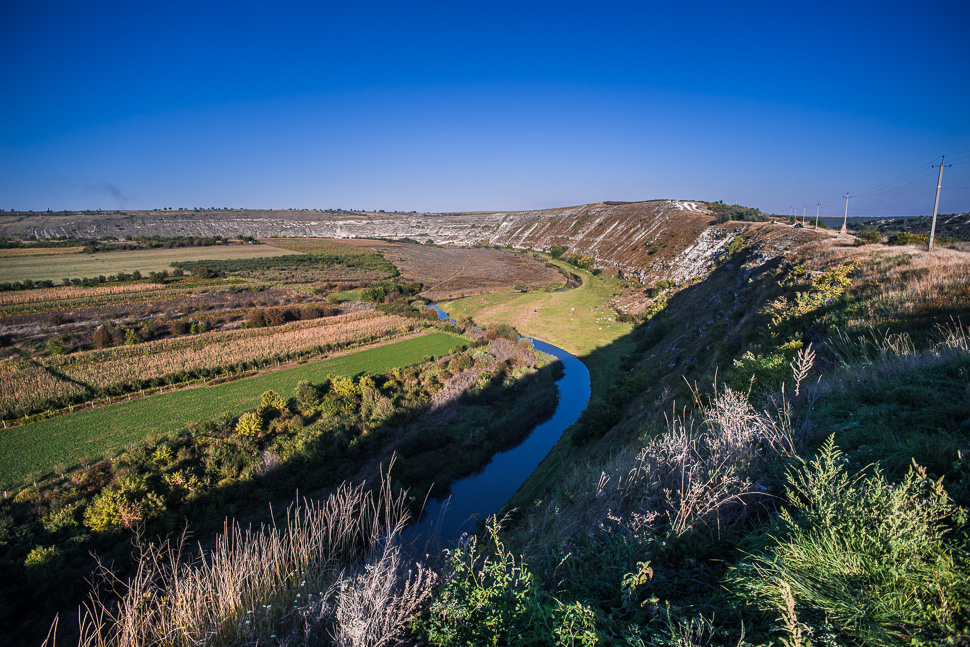
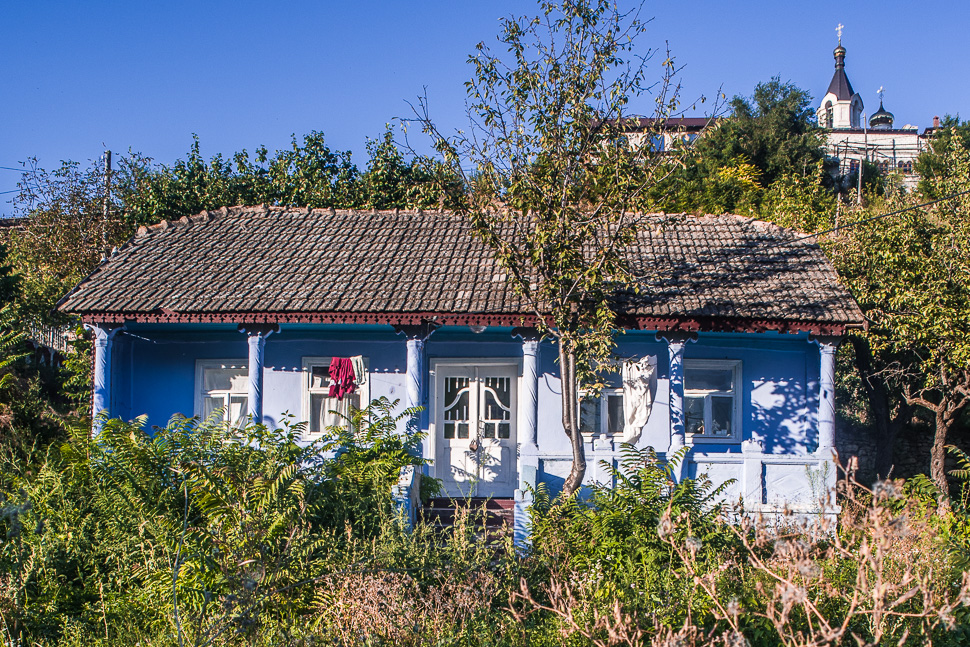
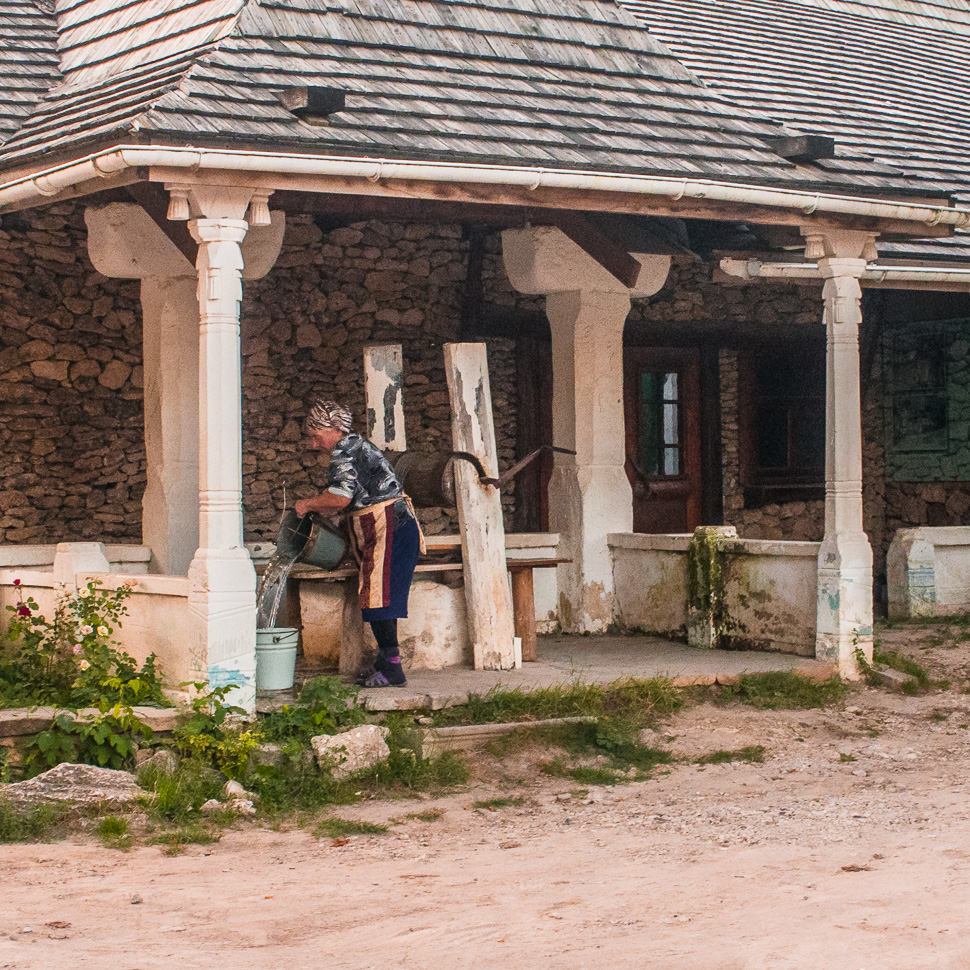
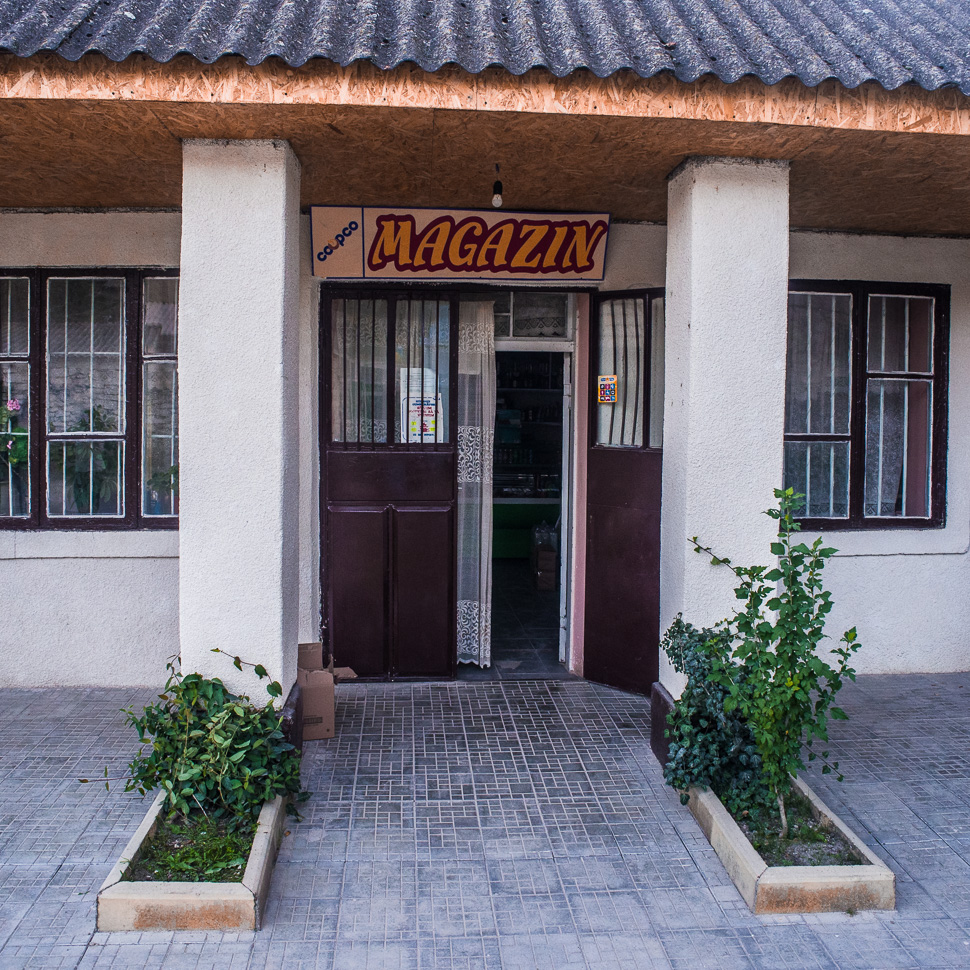
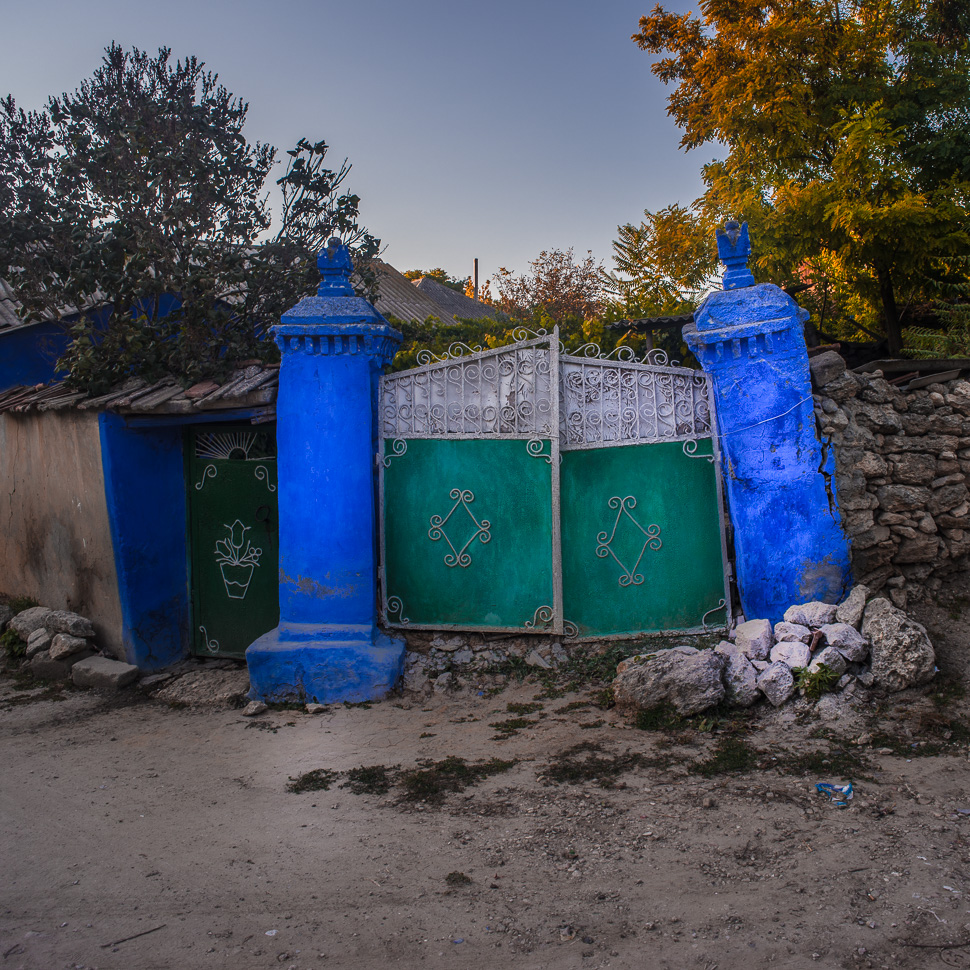
We spent the night at the meadow next to the river and will be on our way to Chișinău – the capital of Moldova tomorrow. More on our next post!
